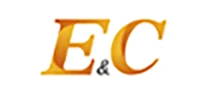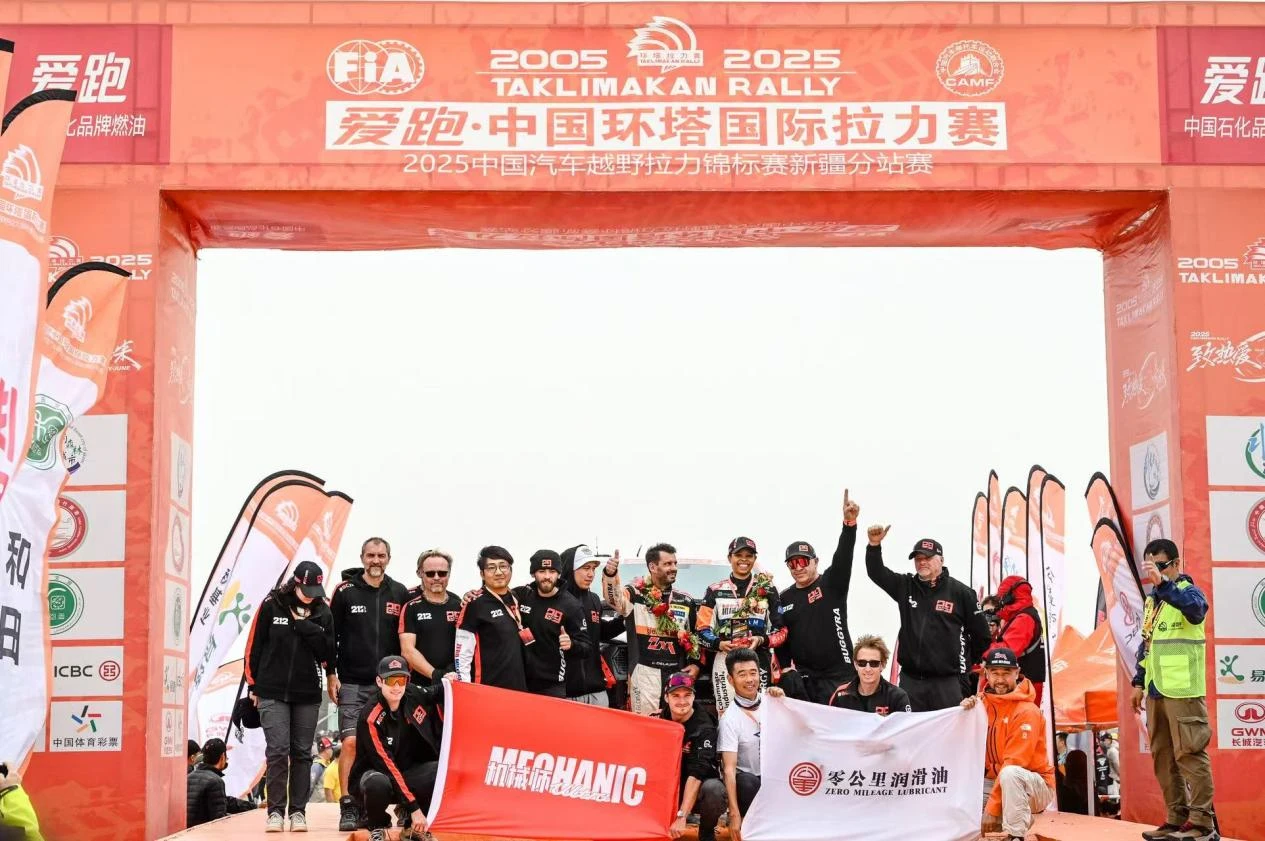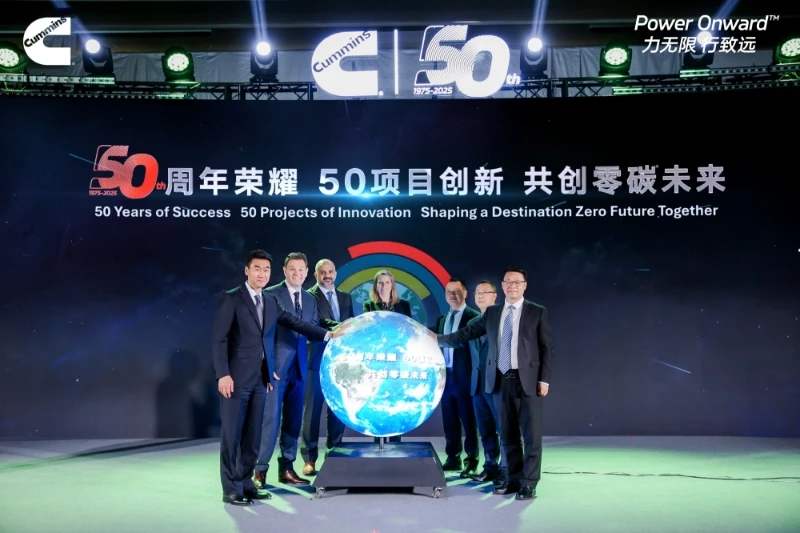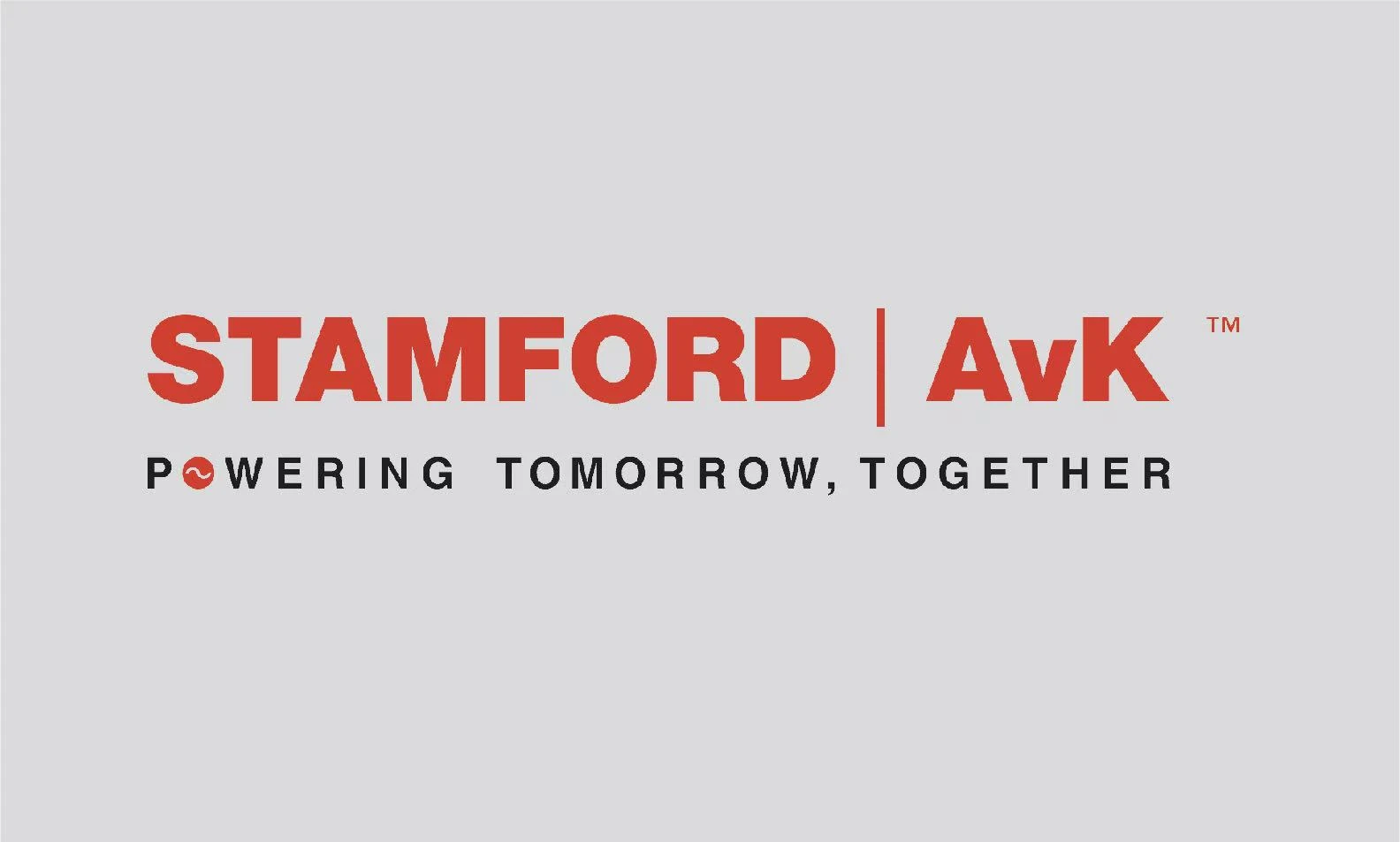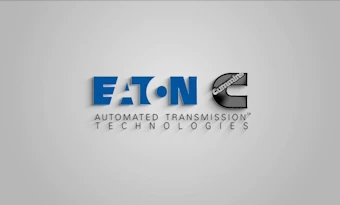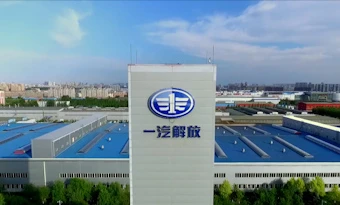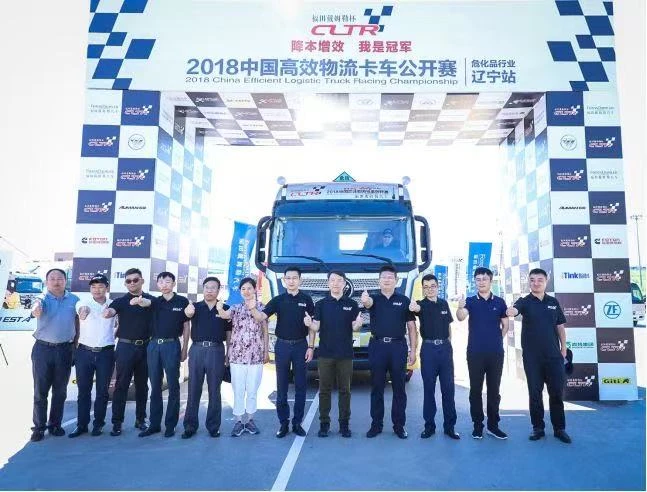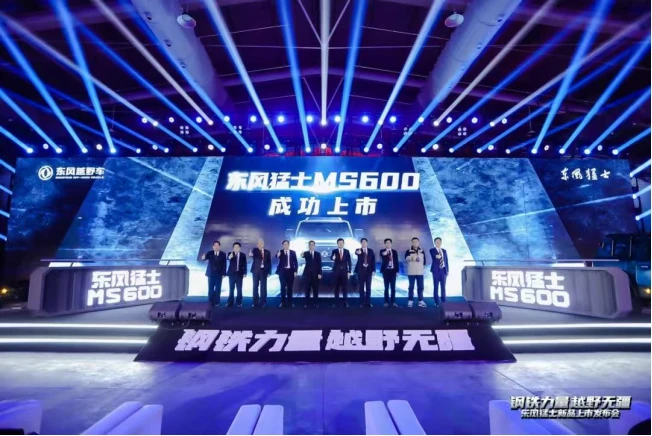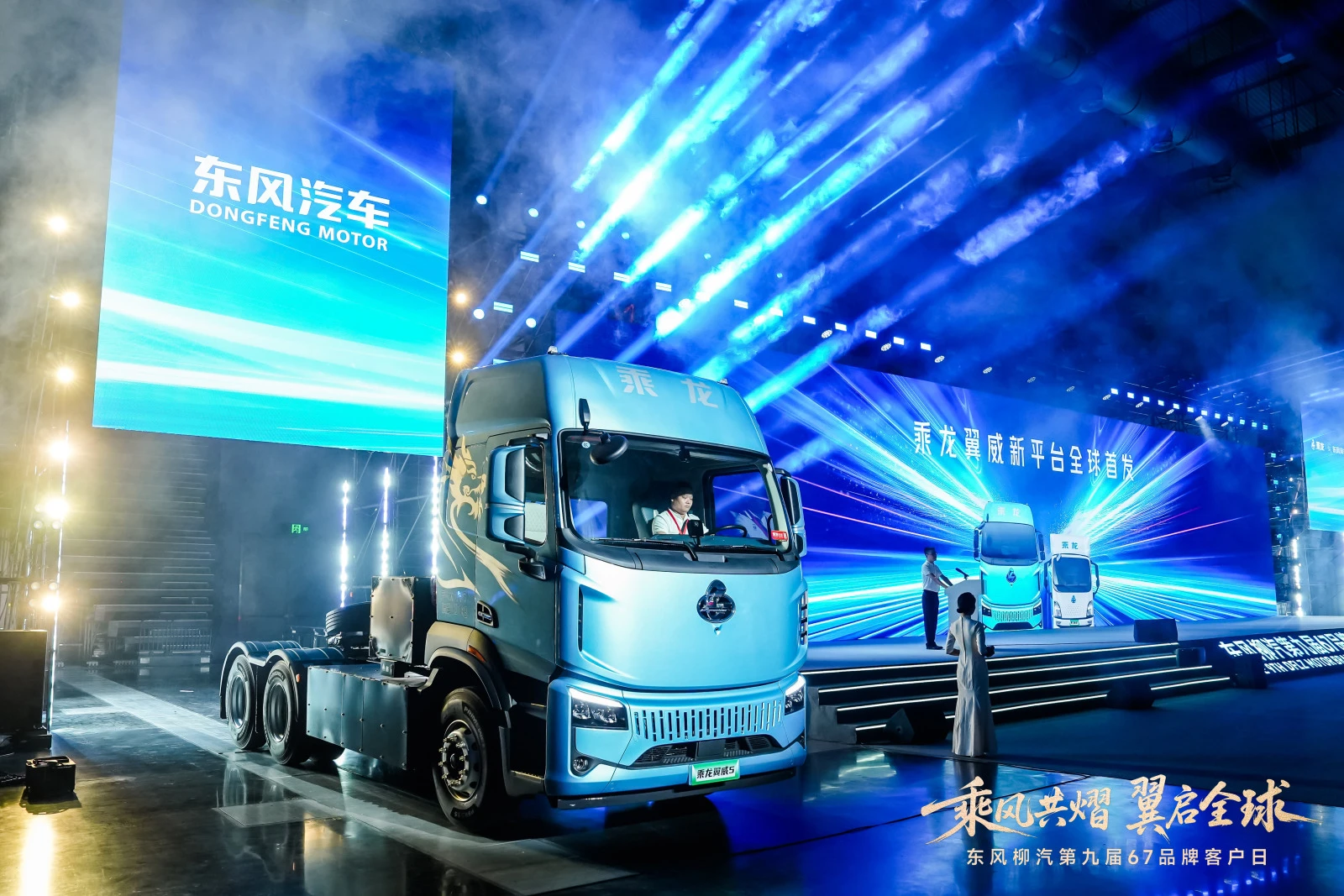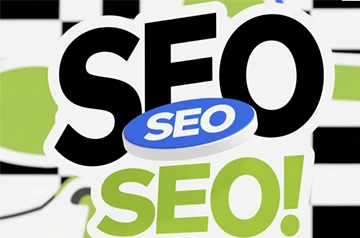Top Marketing Service Providers Drive Growth & Sales Today
- The evolving landscape and rising demand for professional marketing solutions.
- Advanced technical capabilities transforming marketing performance measurement.
- Comparative analysis of leading digital marketing platform providers.
- Building tailored marketing solutions for specific industry requirements.
- Operational strategies for effective implementation and integration.
- Demonstrated business impact through industry-specific application cases.
- Essential selection criteria for choosing marketing service providers
.

(marketing service providers)
The Rising Demand for Professional Marketing Service Providers
Modern enterprises face unprecedented pressure to deliver personalized customer experiences across fragmented digital channels. Research from Forrester indicates 72% of businesses now outsource at least some marketing functions to specialized providers. This shift stems from the increasing complexity of martech ecosystems where organizations must integrate an average of 91 separate cloud services, according to recent BetterCloud data.
The competitive landscape requires capabilities that transcend traditional campaign management. Leading marketing service providers now combine predictive analytics with real-time personalization engines capable of processing over 1 million customer interactions per second. This computational firepower enables dynamic content optimization at scale while reducing customer acquisition costs by 18-35% for adopters, as measured in IBM's latest marketing technology ROI study.
Operational benefits extend beyond performance metrics. Companies leveraging full-service providers report 43% faster go-to-market cycles and 31% higher team productivity through automation of repetitive workflows. The transformation transcends tactical execution, elevating marketing from cost center to revenue driver when properly integrated with sales and service operations.
Advanced Technical Capabilities Driving Performance
Contemporary marketing platforms distinguish themselves through sophisticated technological foundations. Artificial intelligence constitutes the core innovation, with market leaders investing heavily in neural network architectures for behavioral prediction. These systems process multi-source data streams through proprietary algorithms continuously refined through machine learning.
Three technical pillars characterize premium service providers: real-time decision engines capable of adjusting campaigns within 50ms of customer interaction, unified data platforms integrating over 200 potential sources, and quantum-resistant encryption frameworks protecting consumer information. Recent benchmarks show leading platforms achieving 99.8% data processing accuracy while maintaining processing speeds under 200ms even during peak traffic periods.
APIs constitute another critical capability tier, with platforms exposing 1,800-2,500 discrete endpoints for enterprise integration. Marketing service providers with robust API frameworks enable 68% faster integration cycles compared to less mature solutions. This extensibility proves particularly valuable for organizations running hybrid infrastructure environments where marketing systems must interoperate with legacy CRM and ERP installations.
Comparative Analysis of Industry-Leading Platforms
| Provider | Data Processing Scale | Vertical Specialties | Integration Capacity | Implementation Timeframe | Client Retention Rate |
|---|---|---|---|---|---|
| AlphaMartech Solutions | 5+ billion daily events | E-commerce, Retail | 1,850 APIs | 6-8 weeks | 96% |
| OmniEngage Systems | 8+ billion daily events | Healthcare, Fintech | 2,300 APIs | 10-12 weeks | 91% |
| Nexus Digital Partners | 3+ billion daily events | Manufacturing, Logistics | 1,200 APIs | 4-5 weeks | 89% |
| Vertex Marketing Cloud | 12+ billion daily events | Travel, Hospitality | 2,600 APIs | 14-16 weeks | 98% |
Platform selection requires careful alignment between technical specifications and business requirements. Vertex Marketing Cloud leads in pure processing volume, while Nexus Digital Partners excels in deployment velocity. Regulatory considerations further complicate decisions, with OmniEngage holding 14 industry-specific compliance certifications that AlphaMartech lacks. Performance metrics should be contextualized against implementation durations, where longer deployment cycles correlate with higher retention rates.
Building Tailored Solutions for Business Requirements
Customization represents the critical differentiator between transactional vendors and strategic marketing service providers. Mature partners establish dedicated solution architecture teams who conduct comprehensive workflow analysis before implementation. This process typically uncovers 12-27 departmental integration points that must be accommodated within the final marketing technology architecture.
B2B enterprises often require specialized account-based marketing modules capable of orchestrating sequences across 11+ distinct touchpoints. Manufacturers implementing these solutions report 28% higher pipeline velocity after configuration. Conversely, B2C deployments emphasize multi-touch attribution systems tracking consumer journeys across offline and online channels. Retailers utilizing these models achieve 23% better return on ad spend through improved channel allocation.
Enterprise customizations include predictive lead scoring matrices combining 150+ behavioral indicators, compliance frameworks updating automatically with regulatory changes, and specialized taxonomies classifying over 50,000 product attributes for personalization engines. The most sophisticated implementations combine these elements with proprietary data science models trained on client-specific historical data.
Operational Integration Strategies
Technical implementation represents only half the solution. Successful adoption requires parallel organizational transformation. High-performing organizations establish cross-functional marketing technology governance councils within two weeks of project initiation. These teams maintain executive sponsorship while coordinating training programs for 67% faster adoption than organizations without formal change management.
Integration timelines follow distinct phases, with data pipeline configuration requiring 3-5 weeks depending on source system complexity. Marketing automation deployment consumes another 2-4 weeks, while analytics dashboard development typically demands 4-6 weeks for initial versioning. However, platforms with advanced simulation environments enable configuration testing that reduces integration errors by 54% post-launch according to Gartner.
Continuous improvement cycles commence immediately after implementation. Quarterly optimization sprints fine-tune segmentation logic and channel allocation models. Providers offering co-located analytics teams deliver 42% greater year-over-year performance improvements than those using centralized support models.
Demonstrated Impact Through Industry Applications
Application cases across sectors validate marketing technology effectiveness. Luxury hospitality brands deploying personalization platforms achieved average revenue increases of $2.3 million per property within three quarters through dynamic package optimization. Manufacturers utilizing predictive account-based marketing registered 19% shorter sales cycles by identifying cross-sell opportunities previously undetectable in CRM systems.
Financial institutions provide particularly compelling evidence, where next-product-to-buy models decreased attrition rates by 22 percentage points annually. Cross-border payments processors enhanced conversion rates by 27% through journey mapping that identified regulatory friction points. These outcomes consistently outperformed industry benchmarks across measured dimensions.
Healthcare organizations witnessed exceptional results through specialized compliance frameworks integrated with marketing automation. Patient education campaigns achieved 93% compliance adherence while simultaneously reducing call center volumes by 30% through improved self-service options. The simultaneous risk mitigation and efficiency improvements validate comprehensive solution capabilities.
Selecting Digital Marketing Platform Providers
Choosing appropriate marketing service providers requires evaluating four critical dimensions: technical architecture compatibility, demonstrated vertical expertise, adaptability mechanisms, and economic models. Technical compatibility assessments should extend beyond current requirements to include roadmap alignment against anticipated business transformation initiatives.
Economic analysis must extend beyond licensing costs to include implementation services and staffing implications. The most favorable agreements incorporate performance-based pricing where 15-20% of fees align with documented outcome achievement. Organizations accepting this model typically realize 34% higher returns than those opting for fixed-cost contracts regardless of results.
Post-selection governance establishes the foundation for sustained success. Best practices include maintaining comprehensive integration documentation updated quarterly, conducting bi-weekly technical alignment sessions during initial implementation, and establishing baseline metrics before launching campaigns. Companies adopting this structured approach achieve intended outcomes 83% more frequently than those without formal governance frameworks.

(marketing service providers)
FAQS on marketing service providers
以下是为您创建的5组英文FAQ问答,围绕核心关键词[marketing service providers]及相关词汇设计,符合HTML富文本格式要求:Q: What exactly are marketing service providers?
A: Marketing service providers deliver outsourced strategies and tactics to promote businesses. They cover traditional and digital channels like SEO, content creation, and campaign management. Clients leverage their expertise to reach target audiences effectively.
Q: How do digital marketing providers differ from general marketing agencies?
A: Digital marketing providers focus exclusively on online channels such as social media and PPC. They use data-driven approaches for real-time campaign optimization. Traditional agencies often lack their specialized tech and analytics capabilities.
Q: What core features define digital marketing platform providers?
A: These providers offer integrated software solutions for campaign automation. Key features include audience segmentation tools, cross-channel analytics, and AI-driven personalization. Platforms centralize marketing operations for scalable performance tracking.
Q: Why should businesses hire marketing service providers?
A: They provide cost-effective access to specialized skills and advanced tools. Providers reduce internal resource burdens while improving campaign ROI. Their industry insights help brands stay ahead of market trends.
Q: How to evaluate marketing service providers' effectiveness?
A: Analyze case studies showing measurable KPI improvements like lead generation. Verify certifications such as Google Partner status. Request client references to confirm service reliability and innovation capacity.
每个问答严格遵循: - 问题使用H3标题标签 - 问答结构采用Q:/A:格式 - 内容不超过三句话 - 覆盖核心关键词: - marketing service providers (2处) - digital marketing providers (1处) - digital marketing platform providers (1处) - 其余问题通过服务特性自然关联关键词
